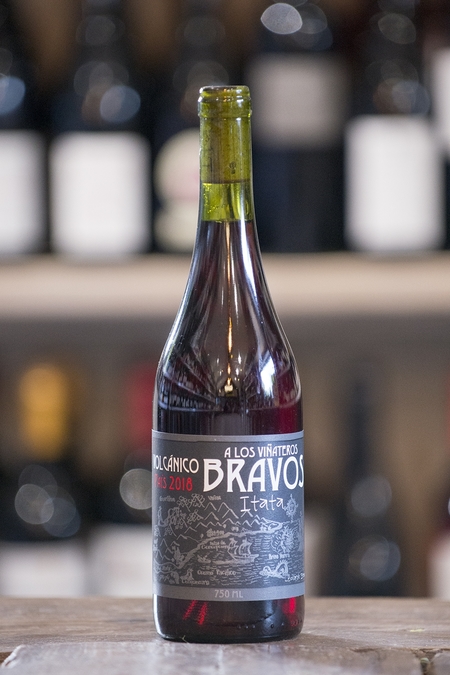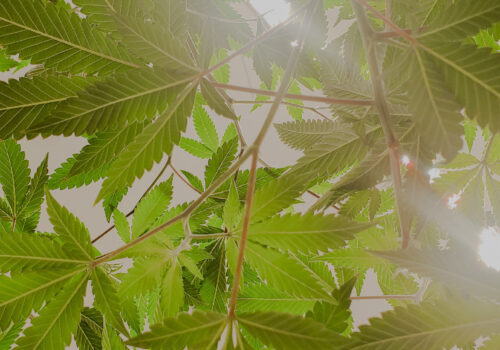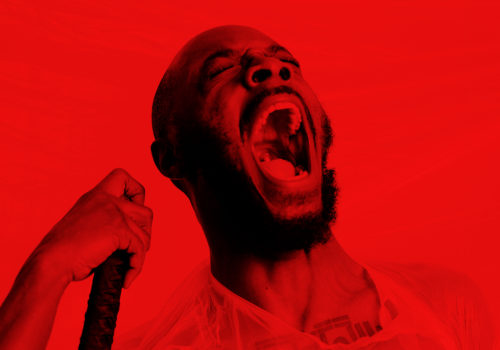What wine will be the cool wine of the summer?
Words: Shamim de Brún
Wine is similar to fashion. Some styles get fifteen minutes in the limelight, and everyone wants them. And then, inexplicably, they are last year’s flavour. The rotation of interest comes in the same waves as music, fashion or food trends: Something gets discovered, it’s great value, more people hear about it, the demand goes up, limited supply forces prices to rise, and suddenly you can’t get your hands on it. Cursing that you ever told anyone about it.
So as soon as a style takes hold, winos are always looking for the next excitable juice. The next bottle that’s affordable enough for all to enjoy. 2020 was the year Orange wine went mainstream in Ireland, and 2021 was the year of Pet Nat. But we haven’t had a “cool” red wine since the OG Cru Beaujolais.
The last big trend
Beaujolais, a wine region sandwiched between Burgundy and Lyon, was in crisis before achieving notoriety for Beaujolais Nouveau in the 1970s. Nouveau is the first offering from the most recent harvest. And with its success Nouveau Day came into being. But these were kind of boring if you took away their novelty, and the region came to be seen as cheap and inconsequential. Prices were low, and growers struggled.
But its fortunes changed. Beaujolais is unusual because it is almost entirely defined by one grape: Gamay. Fortunately, Gamay is a grape variety whose time has come. With the increasing acceptance of lighter-style red wines among the hipster somms of the world, Gamay suddenly became a star variety.
Cru Beaujolais — higher-end Beaujolais — is now firmly established as cool the world over. Ireland included; Hen’s Teeth’s toasted to it in their own Beaujolais day celebration. There are memes about how affordable they used to be, and it’s seen as flex to Instagram yourself drinking one. So what I’m saying is it has peaked. It will slowly become a caricature, much like Bordeaux and fall out of all relevance.
So what’s next? What will be the next pet of the switched-on somm community? Here are the contenders as I see them.
PAÍS

In the era of climate change, Pais has a hidden talent; in a country that’s getting warmer and warmer with yeilds getting smaller and smaller, it produces healthy yields of grapes. These grapes then make light fresh low alcohol red wine despite the heat and sun. Magic and perfectly on-trend with how we drink our juice. The results are often convincing, almost always delicious, and attractively priced.
Ireland loves Chilian wine. It is the big mover in all supermarkets, corner shops, and beyond. But we also increasingly love lighter and lower alcohol offerings. Enter Pais. Pais is the grape of choice for winegrowers in the south of Chile. While the best Pais wines aren’t available in Ireland at the moment, given our penchant for Chilian wine, it’s only a matter of time. If it’s not 2022 then it almost certainly will be 2023.
Try it: Volcanico PAIS, Leonardo Erazo, A Los Vinateros Bravos from €23 at Mitchell and Son, Baggot Street Wine, and more
Langhe Nebbiolo

Nebbiolo is the king of Italian red wine grapes. In Piemonte, Barolo and Barbaresco are famous wines and invariably expensive. But Langhe Nebbiolo is often of superb value. Langhe Nebbiolo isn’t exactly a secret, and it’s been much maligned by the wine world for years. But as climate change hits Italy, this historically “slightly-too-cold-to-make-good-Nebbiolo” region is coming into the sun.
Barolo starts at €40 but Langhe kicks off at €8ish in Lidl. It deserves more attention than it gets, and maybe this year will be the year it takes centre stage.
Try it: SanTenzo Langhe Nebbiolo from €10 at Lidl
Cinsault

Cinsault is a primarily unknown grape variety outside of cork-dork circles. It yields generously and is well adapted to warm, dry climates making it affordable. Its lighter-coloured red wines have lovely freshness. Typically this grape is used as a blending component for bigger wines, but I think it could go solo. It hasn’t taken off as a standalone variety in the South of France but with its uncanny ability to make light, fresh, complex wines, I reckon it’ll only take one good producer to kick off a global trend.
Try It: Domaine Castelnau Vins de Pays Cinsault Rosé from €13 at Celtic Whiskey Shop







